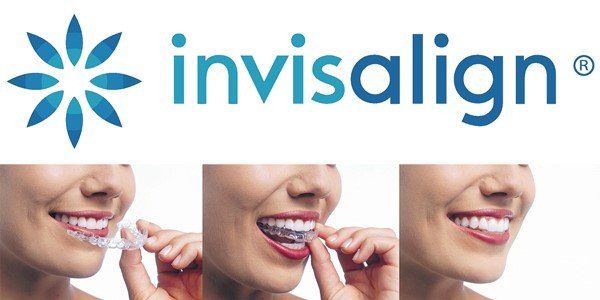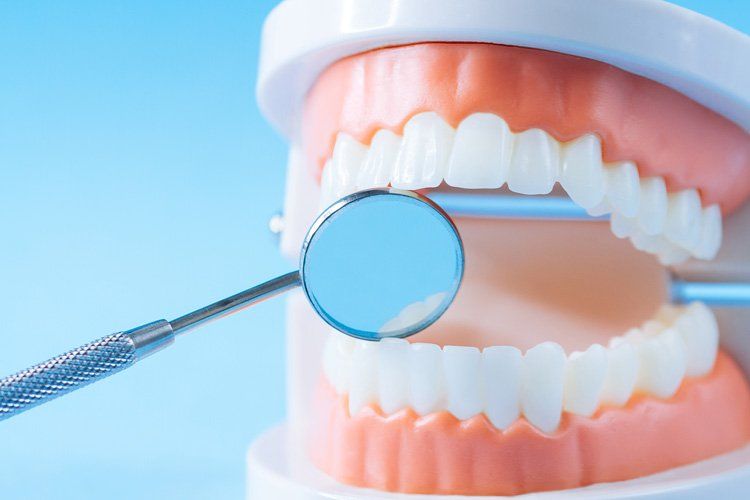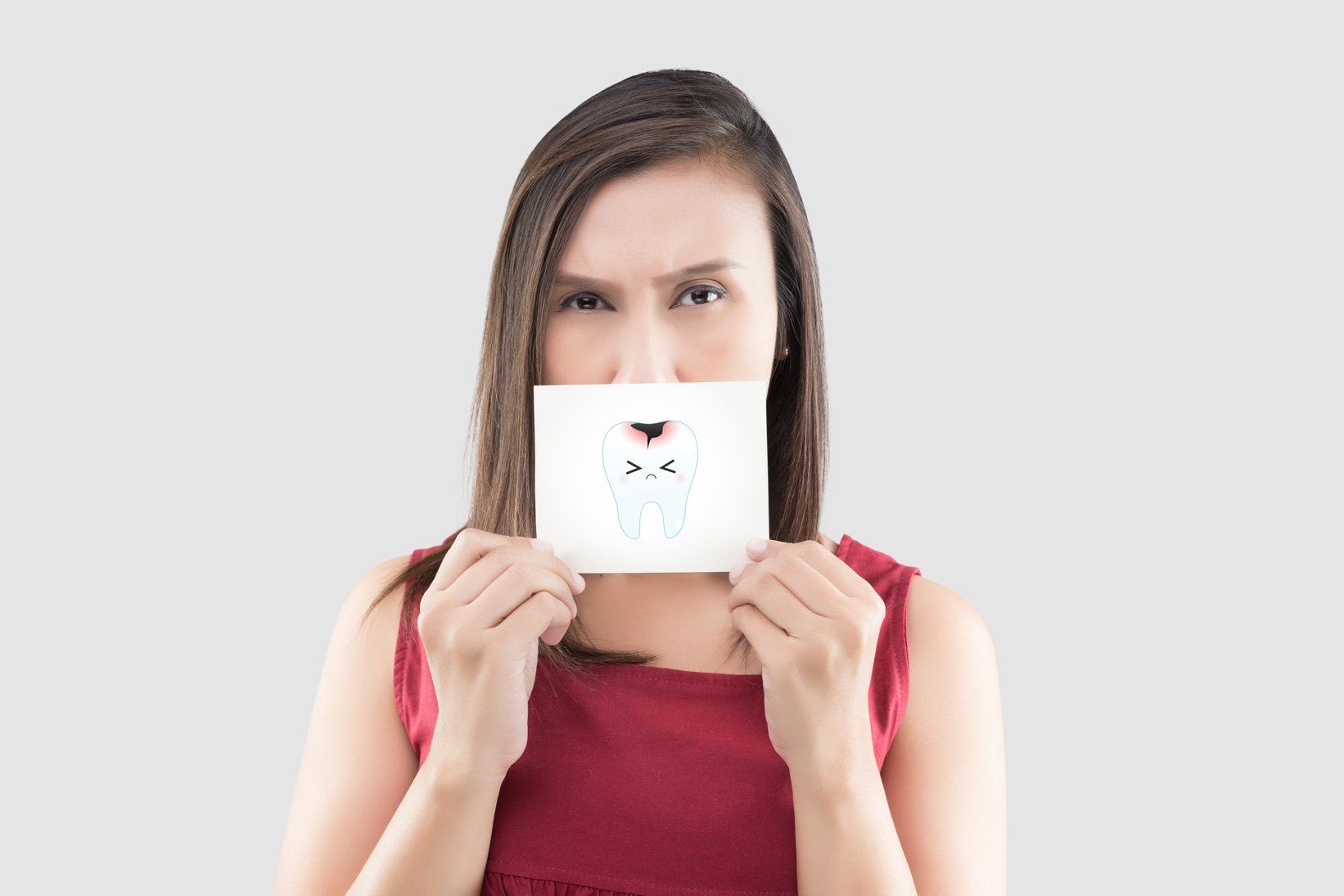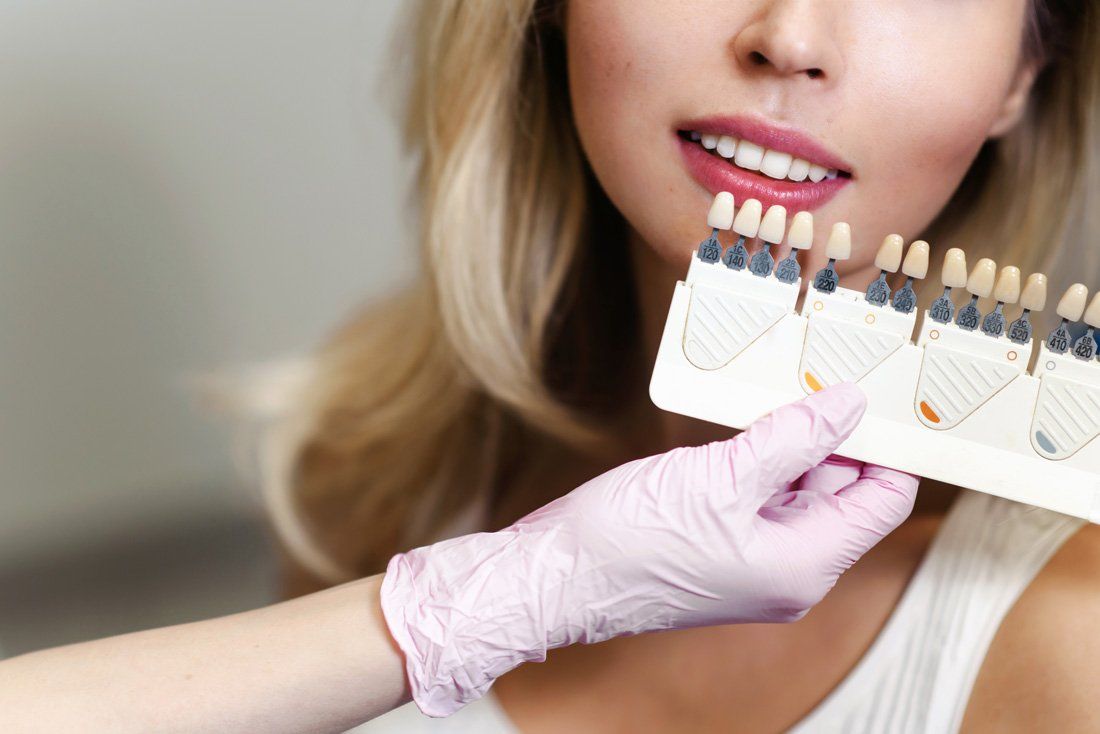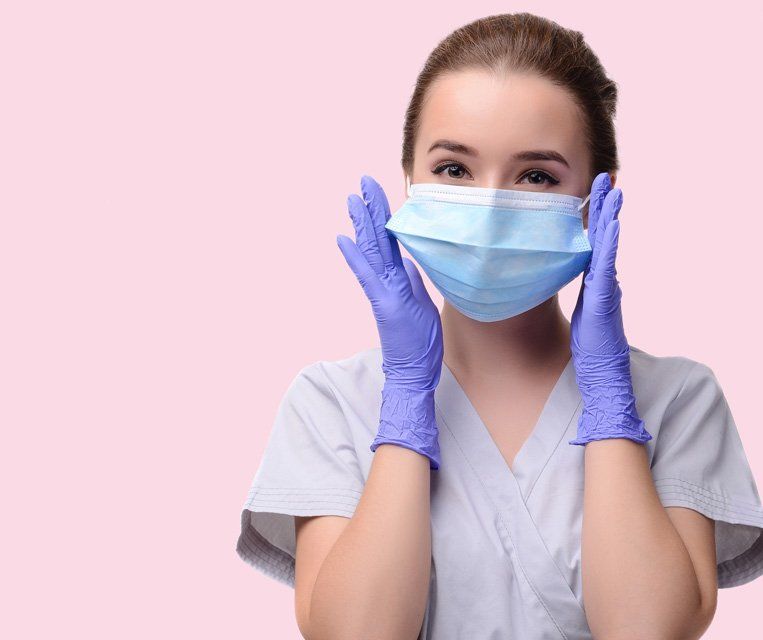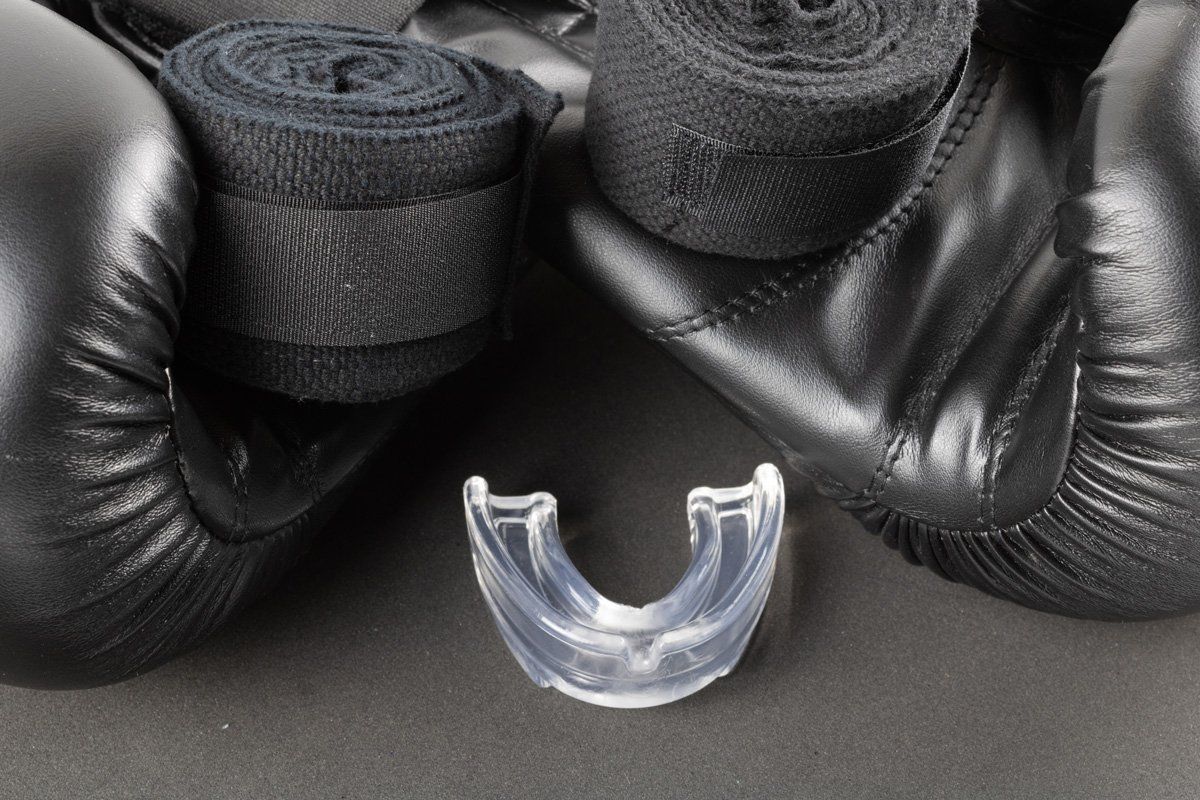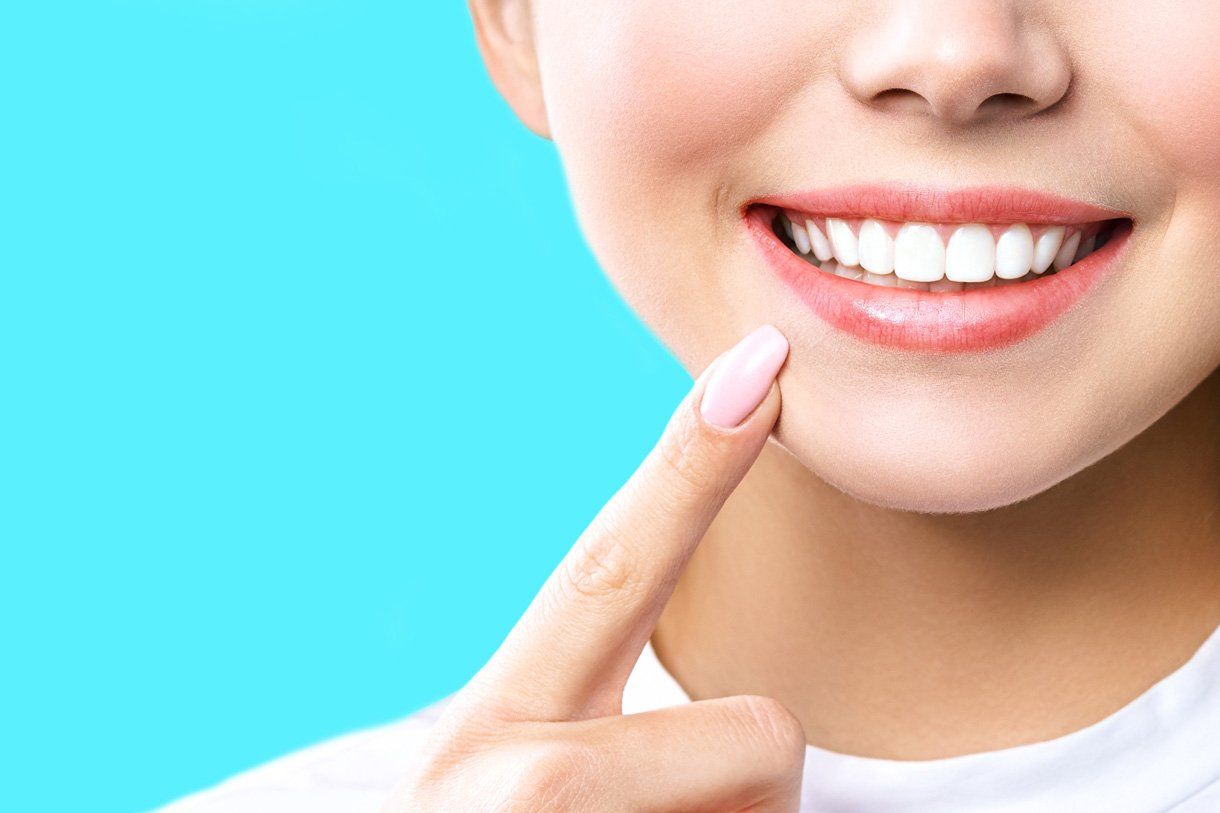News & Offers
Dental Treatments In Birmingham
Book Your Consultation Today
Great Reviews
We strive to provide the best treatment available using the most up to date technology
Fully Trained
Experienced Dentists
Superb Services
From Invisalign to home teeth whitening and general dentistry, we are the ones you need
At St John’s Dental Practice in Birmingham, we are always proud to provide offers on our services. Take a look below to find out more.
Latest News & Offers
St John's Dental Practice in Birmingham wants to always keep its customers up to date, providing advice and the insiders know how. Check our latest offers & news.
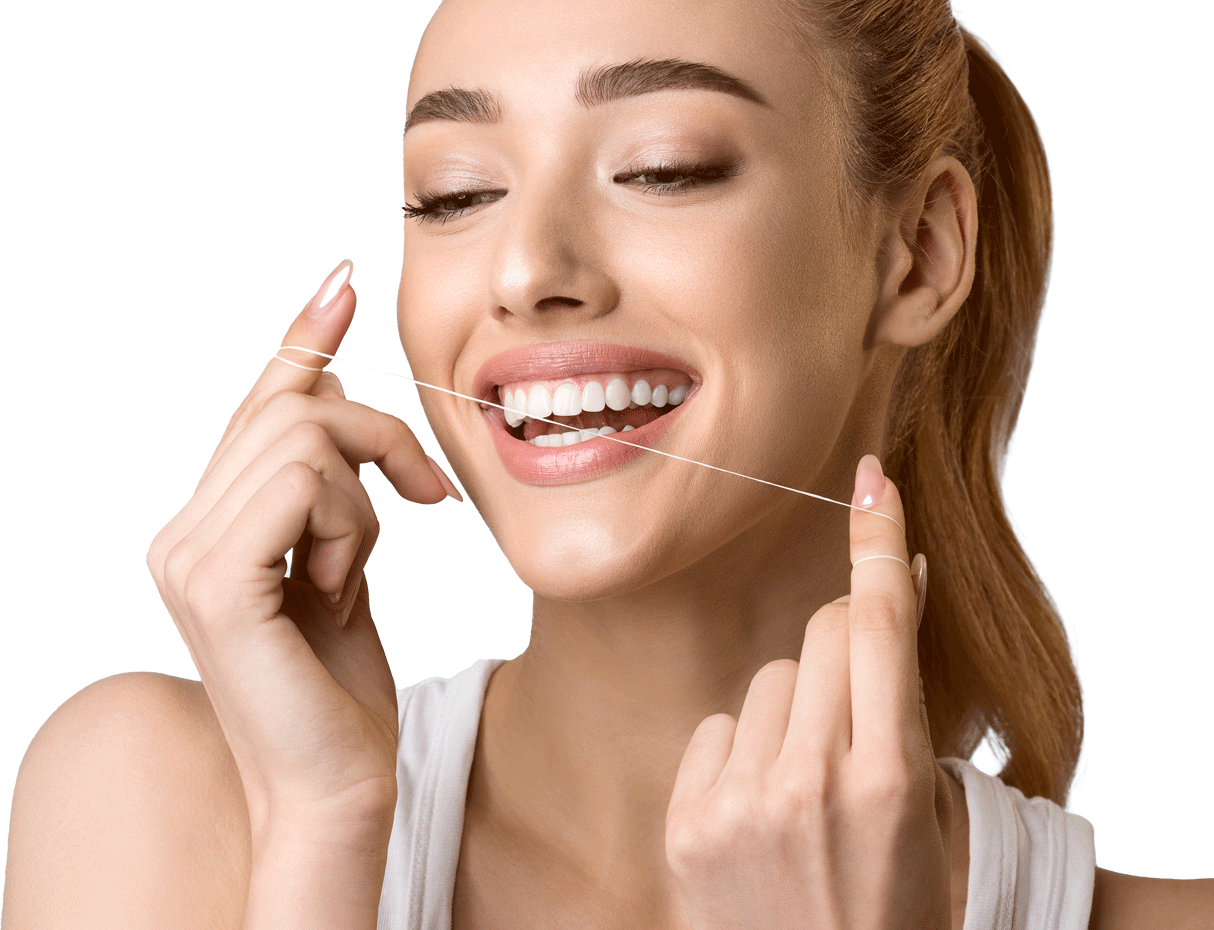
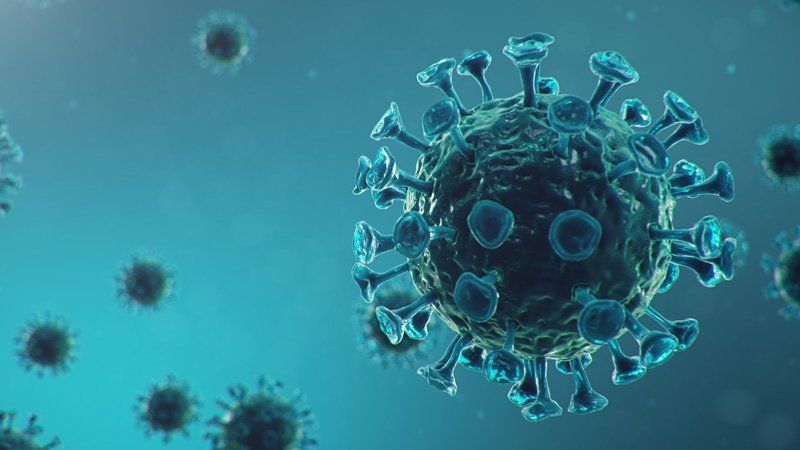
A Comprehensive Range of Treatments
At St John’s we are a dedicated team who provide a comprehensive range of treatment, which include aesthetics, implants, emergency service and the provision of lifelong care that caters for your needs.
Keep Smiling & Contact
St. Johns Dental Practice Today!
Contact Us
We will get back to you as soon as possible.
Please try again later.
© 2021 All Rights Reserved | St. John's Dental Practice | Website by Infoserve | Privacy & Cookie Policy | Modern Slavery Act Policy
We use cookies to ensure that we give you the best experience on our website. To learn more, go to the Privacy & Cookie Page.

